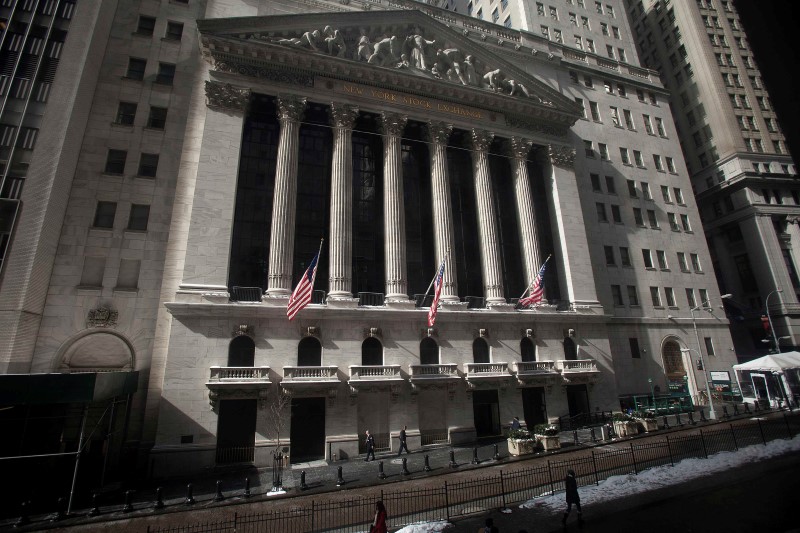This post was originally published on this site
https://i-invdn-com.akamaized.net/news/LYNXNPEB8S161_M.jpg
The S&P 500 rose 31% from its lows reached March 23, when concerns about the impact of coronavirus on public health, economies and financial markets peaked, through April 29. But after closing around 2,940 on Wednesday, the gauge fell 3.7% over the next two sessions., prompting technical strategists at JPMorgan Chase (NYSE:JPM) & Co. to say the index has likely formed a medium-term ceiling.
“The S&P 500 Index staged a bearish reversal week after moving deeper into the large confluence of resistance levels surrounding 2,900,” an area that likely caps the equity range through the second quarter, strategists Jason Hunter and Alix Tepper Floman wrote in a note Friday. “While the two-day pullback from that key resistance area is only tentative at this point, it at least marks a continuation of the trend deceleration pattern that started in mid-April.”
The longer-term fate of the equity market will likely be determined by factors such as the trajectory of the pandemic, regional policy implementation and preparedness for the potential of another wave in the fall/winter, and risk for subsequent regional shutdowns during that period, Hunter and Floman said. It’s still possible that the current pattern could switch to a more sustained bull trend in the second half of the year, they said.
Rick Bensignor of Bensignor Investment Strategies, who doesn’t see U.S. stocks falling below their March 23 lows nor rallying to new records for the rest of the year, said the market will be range-bound going forward.
“Just as the market rallies enough to hook in new long money, it will probably be closer to a trading top,” he wrote in a note Monday. “And, when things again look quite dire, it will likely be nearer the trading low.”
©2020 Bloomberg L.P.

